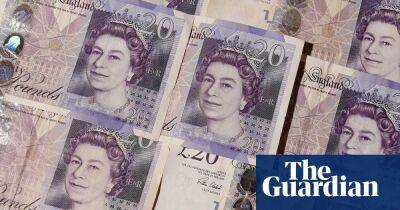A pricy clothes rack? The people struggling to resell their Pelotons
“Almost every industry will be ‘Pelotonized’ in the post-pandemic world,” wrote trend forecaster and lover of buzzwords Ion Valis in a blogpost at the start of last year. “Just as the hot VC phrase of the past decade was ‘Uber for X’, I predict that post-pandemic it will be ‘the Peloton of Y’.”
You can see why Valis wanted to go all-in on the exercise startup. In September 2020, Peloton announced a 172% increase in sales from the year prior and more than 1m new signups for its streaming classes. The company, which sold its first bike on Kickstarter in 2013, became known as one of the small group of “winners” from the pandemic and, along with Netflix and Amazon, its share price rocketed. By the end of 2020 it was valued at $45bn.
Over the last year, however, the enthusiasm for cycling nowhere in your front room has waned. The company reported $1.2bn in losses in the second quarter of 2022, and more than 750 layoffs were announced just prior on top of the 2,800 employees who had been let go in February. The share price has fallen 88% over the last year.
The reason for Peloton’s flop era is obvious: once people could start exercising in gyms and outdoors, the need for an expensive and bulky home exercise bike disappeared.
Peloton was not the only pandemic hobby that turned out to be a fad: in kitchen cupboards across the land, bags of flour are going rancid and kombucha scobies are shrivelling up. But the financial outlay for those pastimes was minimal, whereas most models of the Peloton bike cost upwards of $2,500. Thousands of bikes now appear on Facebook marketplace and Craigslist, but are people able to recoup some of their initial investment? Or are they stuck with what’s become the most expensive clothes rack in history?
H
Read more on theguardian.com


 theguardian.com
theguardian.com


















